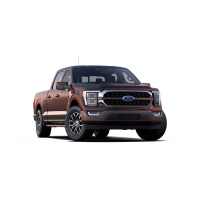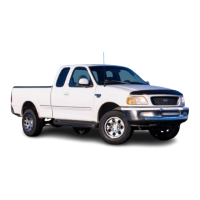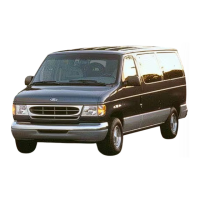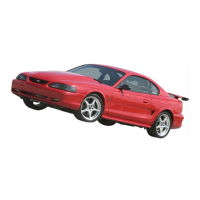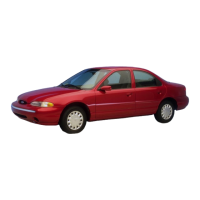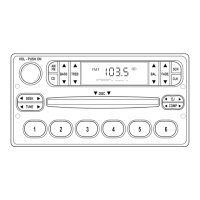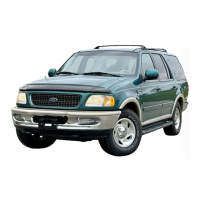PERIMETER ALARM SYSTEM
Arming the system
When armed, this system will help protect your vehicle from
unauthorized entry. When unauthorized entry occurs, the system will
flash the parking lamps and the theft indicator lamp, and chirp the horn.
The system is ready to arm whenever the ignition is turned OFF. Any of
the following actions will prearm the alarm system:
• Press the remote entry lock
control
• Open a door and press the power
door lock control to lock the
doors
If a door is open, the system is prearmed and is waiting for the door to
close. The theft indicator in the instrument panel will be lit continuously
when the system is prearmed.
Once the doors are closed, the system will arm in 30 seconds.
When you press the lock control
twice within 5 seconds, the horn will
chirp once to let you know that the
system is armed.
If the doors are not closed and you press the remote entry transmitter
twice to confirm the doors are locked, the horn will chirp twice to warn
you that the system is not arming.
Controls and features
35
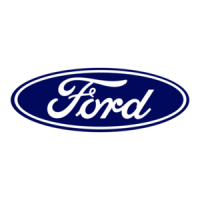
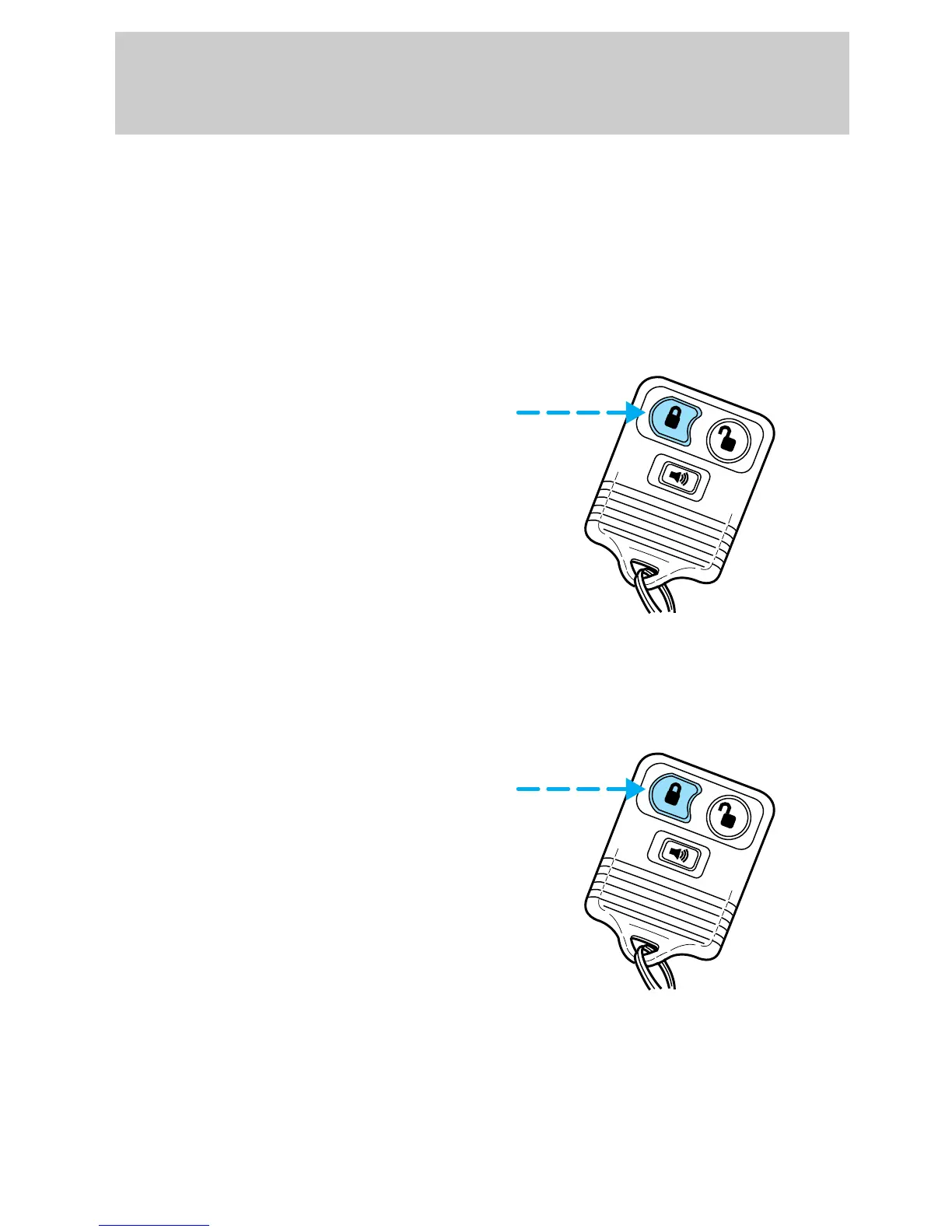